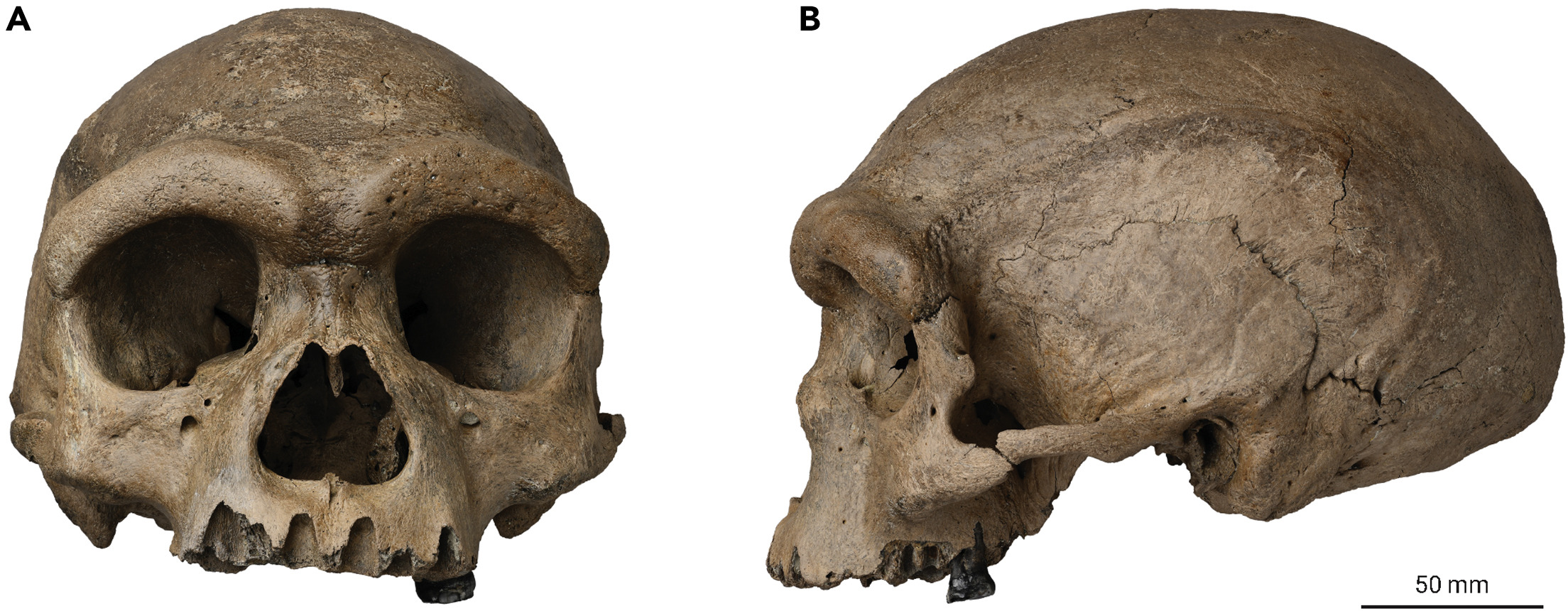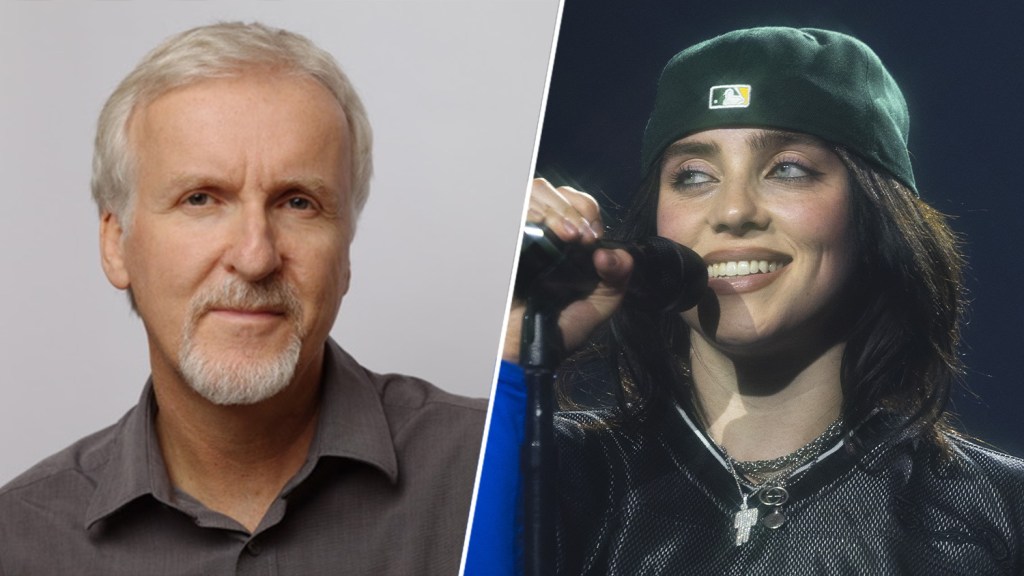For decades, a skull lay hidden at the bottom of a well in northeastern China, keeping one of humanity’s greatest secrets. When scientists finally examined it in 2018, they knew they had something extraordinary—a fossil that didn’t match any known human species. Now, after years of painstaking research, that mysterious skull has revealed its true identity, and the answer is reshaping our understanding of human evolution.
The breakthrough didn’t come easily. Traditional methods failed to unlock the fossil’s secrets. However, when researchers tried an unconventional approach—analyzing ancient dental plaque—they struck scientific gold. The DNA hidden in that hardened gunk connected this enigmatic skull to a shadowy group of ancient humans known as Denisovans, effectively putting a face to a name that had haunted anthropology for over a decade.
This isn’t just another fossil find. We’re talking about an entirely different kind of human, one that walked the Earth alongside our ancestors, loved, lived, and left their genetic mark on billions of people alive today. The discovery transforms Denisovans from ghostly fragments into real beings with faces, features, and a place in our shared story.
The Skull That Started It All
The story begins in 1933, when a Chinese laborer working on a bridge over the Songhua River made an extraordinary discovery. With his country under Japanese occupation, the worker knew he’d found something important. Rather than report it to authorities, he wrapped the massive skull carefully and hid it at the bottom of his family’s well, where it would remain untouched for 85 years.
The man never retrieved his treasure. Only on his deathbed did he reveal the secret to his family, who finally donated the fossil to Hebei GEO University in 2018. When scientists first examined the cranium, complete with one tooth still attached to the upper jaw, they were puzzled. This wasn’t Homo sapiens. It wasn’t Neanderthal. It wasn’t Homo erectus or any other known human species.
Initial studies in 2021 suggested that the skull warranted its species designation. Researchers named it Homo longi, meaning “dragon man,” after the Dragon River (the literal translation of Heilongjiang, the province where it was found). The skull was at least 146,000 years old and belonged to a male approximately 50 years old, characterized by a massive cranium and distinctive features that set it apart from all known human relatives.
But the Dragon Man kept his most profound secret well hidden. Without DNA evidence, scientists could only speculate about his true identity. Some suspected a connection to the mysterious Denisovans, while others argued for entirely new classifications. The debate raged in academic circles, with each camp presenting compelling morphological evidence for its position. What they needed was molecular proof, and that seemed impossible given the fossil’s age and condition.
Cracking the DNA Code from Ancient Teeth

Extracting DNA from a fossil over 146,000 years old is like trying to read a book that’s been through a shredder, soaked in water, and left in the sun for millennia. “There are only bones from 4 sites over 100,000 (years old) in the world that have ancient DNA,” noted Qiaomei Fu, the lead researcher who took on this seemingly impossible challenge.
Fu and her team first tried the standard approaches. They sampled the tooth and the petrous bone, a dense section at the base of the skull that typically preserves DNA well. Nothing. The genetic material had degraded to the point of being unrecoverable. Most researchers would have given up, but Fu’s team decided to try something different.
They turned their attention to the dental calculus—the hardened plaque on the teeth. It was a long shot. Dental plaque on the outside of teeth seemed more vulnerable to contamination than material inside bones. However, the crystalline structure of calcified plaque can sometimes preserve ancient DNA, much like a time capsule. When they analyzed this unlikely source, they struck gold: mitochondrial DNA that linked Dragon Man to Denisovans.
The team didn’t stop there. They also extracted protein fragments from bone samples, providing a second line of molecular evidence. Both methods pointed to the same conclusion. After years of speculation and debate, science had its answer. Dragon Man was a Denisovan, and suddenly, this mysterious branch of humanity had a face.
Who Were the Denisovans?

Before Dragon Man’s revelation, Denisovans were more rumor than reality in the fossil record. Their story began in 2010 when researchers analyzing a tiny finger bone from Denisova Cave in Siberia’s Altai Mountains discovered DNA that didn’t match any known human species. This pinkie bone, no bigger than a coffee bean, revealed an entirely new branch of the human family tree.
Named after their discovery site, Denisovans lived across Asia from about 285,000 to 25,000 years ago. They weren’t our direct ancestors, but they were our cousins, a separate species that evolved alongside Neanderthals and early modern humans. For tens of thousands of years, at least three distinct human species shared the planet, sometimes in the same regions.
The plot thickened when geneticists discovered something remarkable: modern humans carry Denisovan DNA. Our ancestors not only coexisted with Denisovans but also interbred with them. Today, people of Asian and Pacific Islander descent can have up to 6% Denisovan DNA, with the highest levels found in indigenous peoples of Papua New Guinea and Australia. These genetic gifts aren’t just curiosities – they include adaptations that help Tibetans thrive at high altitudes and variations in their immune systems that affect how they fight diseases.
Despite their genetic legacy, Denisovans remained frustratingly faceless. Before Dragon Man, scientists had identified only a handful of teeth, a few finger bones, and a partial jawbone found in Tibet. These fragments revealed almost nothing about what Denisovans looked like, how they lived, or why they disappeared. They were ghosts in our genome, ancestors we carried within us but couldn’t picture.
What Dragon Man Tells Us About Denisovan Appearance

With Dragon Man’s skull confirmed as Denisovan, scientists can finally describe what our mysterious cousins looked like. The revelations are both familiar and alien – these were recognizably human beings, but with features that would certainly turn heads on a modern street.
“They would have had very strong brow ridges,” explains paleoanthropologist Ryan McRae, painting a picture of robust, powerful-looking individuals. The skull reveals a massive, continuous brow that curves gently across the forehead, not the sharp, pronounced arches of Neanderthals, but something uniquely Denisovan. Their faces were vast with large, almost square eye sockets that gave them a distinctive appearance.
Perhaps most striking were their teeth. Dragon Man’s remaining molar is enormous by any human standard, larger than those of Neanderthals or modern humans. This suggests a powerful jaw and a diet that required serious chewing power. Combined with their robust skull structure and forward-leaning mastoid processes (the bony projections behind the ears), Denisovans would have appeared blocky and powerful.
Yet their brain size matched ours and that of Neanderthals, housed in a skull measuring approximately 1,420 milliliters in volume. This wasn’t some primitive brute, but an intelligent being with cognitive capabilities likely similar to those of other humans of the time. As McRae notes, like the famous image of a Neanderthal in a business suit, Denisovans “would most likely still be recognizable as ‘human’” if we encountered one today.
Why This Discovery Rewrites Human History

Dragon Man’s identification as a Denisovan forces us to reconsider the story of human evolution, particularly in Asia. For too long, the narrative focused on Africa and Europe, with Asia treated as a peripheral stage. This discovery confirms that Asia was a crucial theater where multiple human species lived, evolved, and shaped the genetic heritage of billions of people alive today.
The confirmation also solves several archaeological puzzles. Numerous fossils from China, including skulls from Dali, Jinniushan, and Hualongdong, share features with Dragon Man but do not fit neatly into existing categories. Now, scientists have a template for comparison. These fossils, previously floating in taxonomic limbo, might represent more Denisovans, suggesting this species was widespread and successful across Asia for hundreds of thousands of years.
More profoundly, Dragon Man reminds us that human diversity in the past far exceeded what we see today. For most of human evolutionary history, multiple intelligent human species shared the planet. They had different adaptations, different cultures, and different ways of being human. Our current situation – one human species across the globe – is the anomaly, not the norm.
The Scientific Detective Work Behind the Discovery
The identification of Dragon Man as a Denisovan represents a remarkable achievement in scientific collaboration and persistence. Two separate teams, using different molecular techniques, reached the same conclusion, providing the kind of independent confirmation that turns a hypothesis into an accepted fact.
“I really feel that we have cleared up some of the mystery surrounding this population,” said Qiaomei Fu, whose team’s innovative approach to DNA extraction made the breakthrough possible. “After 15 years, we know the first Denisovan skull.” This statement captures both the satisfaction of solving a long-standing puzzle and the frustration of working with such fragmentary evidence for so long.
The research faced skepticism from some quarters. Xijun Ni, who worked on the original Dragon Man studies, expressed caution about the DNA extraction methods, calling them “experimental.” He found it unusual that DNA survived in surface dental plaque but not inside the tooth or bone. Such scientific debate is healthy and necessary – extraordinary claims require extraordinary evidence.
But the protein analysis provided that extra evidence. Using a completely different molecular approach, researchers found protein signatures that indicated “a Denisovan attribution, with other attributions very unlikely,” according to biomolecular expert Frido Welker. When two independent methods point to the same conclusion, confidence grows exponentially.
The debate now shifts to nomenclature. Should Denisovans officially become Homo longi, taking Dragon Man’s species name? It’s more than academic hair-splitting – official names matter for scientific communication and public understanding. Most experts expect “Denisovan” will persist as the common name, much as we say “Neanderthal” rather than the formal “Homo neanderthalensis.”
What Happens Next in the Search for Ancient Humans

Dragon Man’s revelation opens new chapters in the search for ancient humans. Museums worldwide are likely reexamining their collections, wondering if unidentified fossils might be Denisovans awaiting recognition. With a skull for comparison, features that seemed puzzling before might suddenly make sense.
The technological advances that made this discovery possible promise more breakthroughs ahead. If scientists can extract DNA from dental plaque on a 146,000-year-old skull, what other secrets lie waiting in museum drawers and excavation sites? Each improvement in molecular analysis techniques expands the potential for discovery.
Key questions remain tantalizingly unanswered. What was Denisovan culture like? Did they create art, use complex language, or develop sophisticated tools? How did they adapt to diverse environments from Siberian cold to tropical islands? Why did they disappear while modern humans survived? Dragon Man provides a face but not a full story.
We’re Not as Unique as We Thought
Dragon Man’s journey from a well in China to scientific recognition as the first known Denisovan skull encapsulates the thrilling and humbling nature of human origins research. What began as a bridge worker’s secret discovery has become a key that unlocks part of our species’ complex past.
This discovery reminds us that being human has never meant being alone. For hundreds of thousands of years, different types of humans have shared this planet, each adapted to its environment, each contributing to the total diversity of humanity. Denisovans weren’t failures or dead ends – they were successful humans who thrived across a vast territory and left their mark in the DNA of billions of people living today.
The well that hid Dragon Man for 85 years has given up its secret, but countless other secrets remain buried, waiting for discovery. Each fossil, each genetic analysis, each breakthrough adds another piece to the vast puzzle of human origins. We’re not just discovering new types of ancient humans – we’re discovering new ways of understanding ourselves.
Featured Image Source: Ji, Q., Wu, W., Ji, Y., Li, Q., & Ni, X. (2021). Late Middle Pleistocene Harbin cranium represents a new Homo species. The Innovation, 2(3), 100132. https://doi.org/10.1016/j.xinn.2021.100132











Leave a Reply